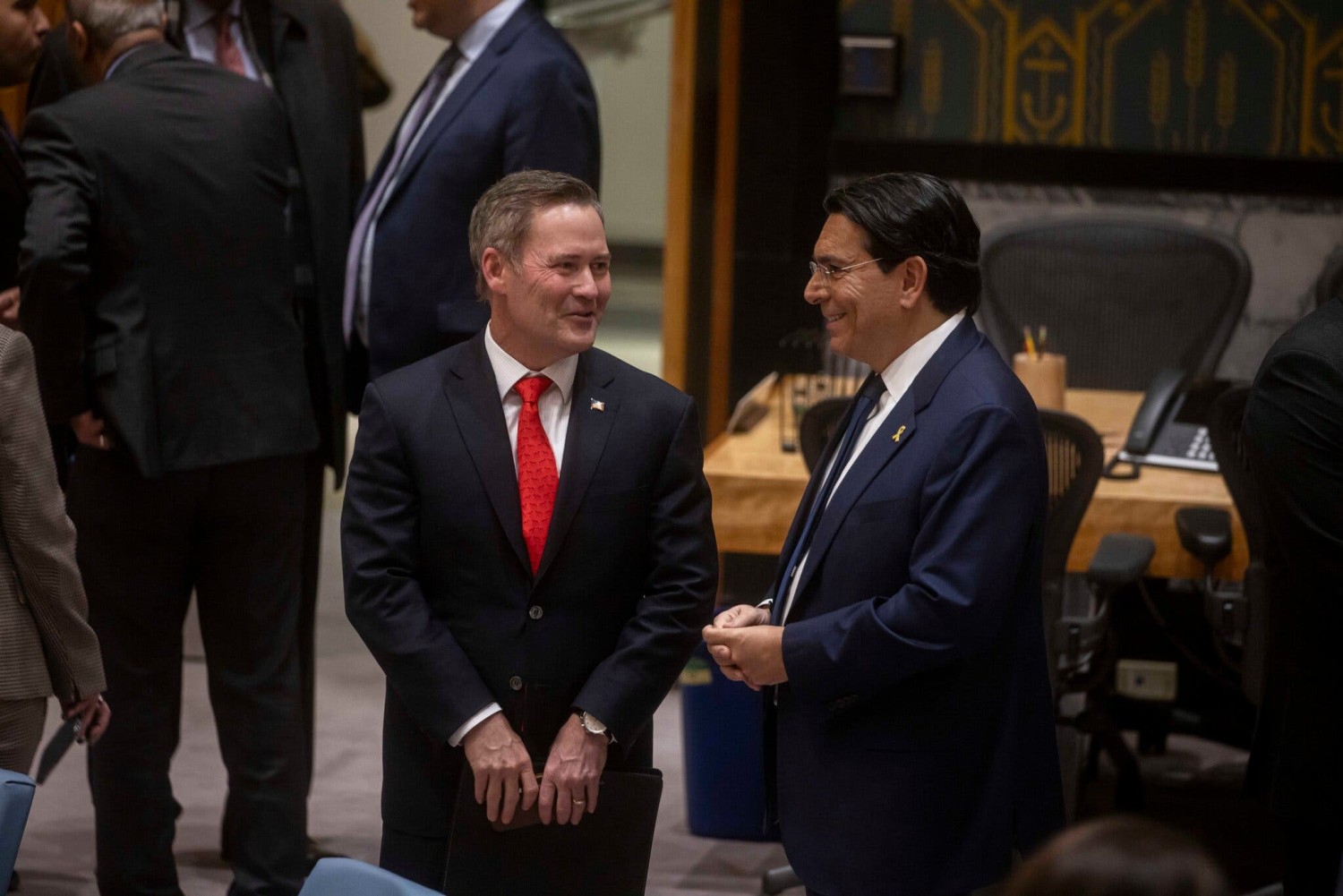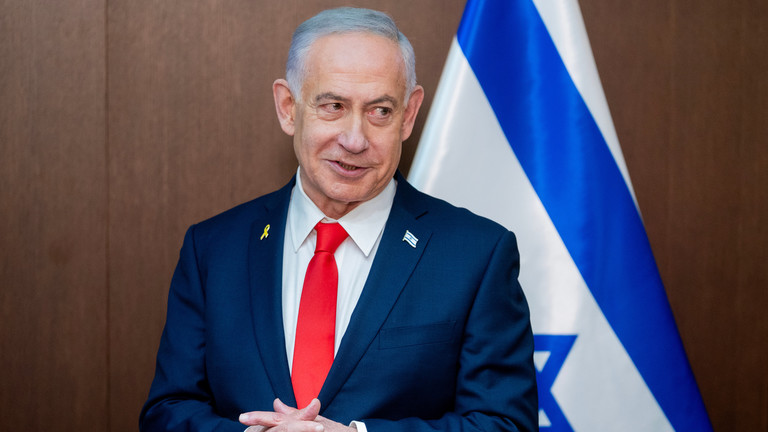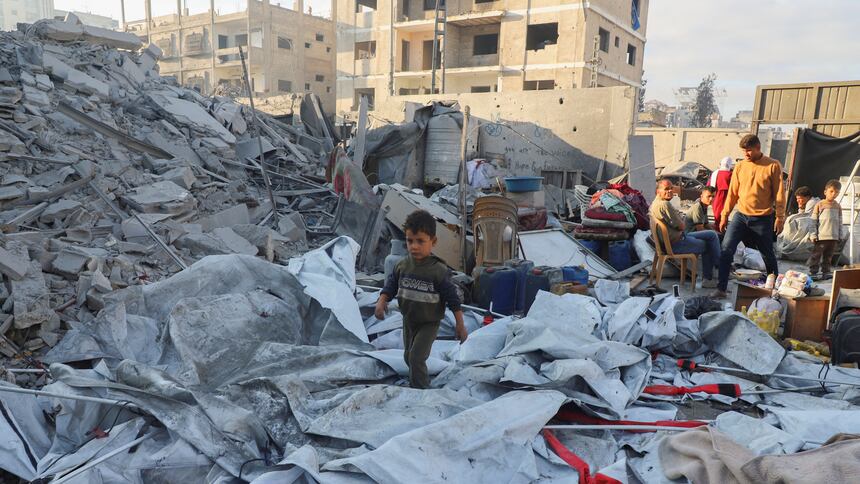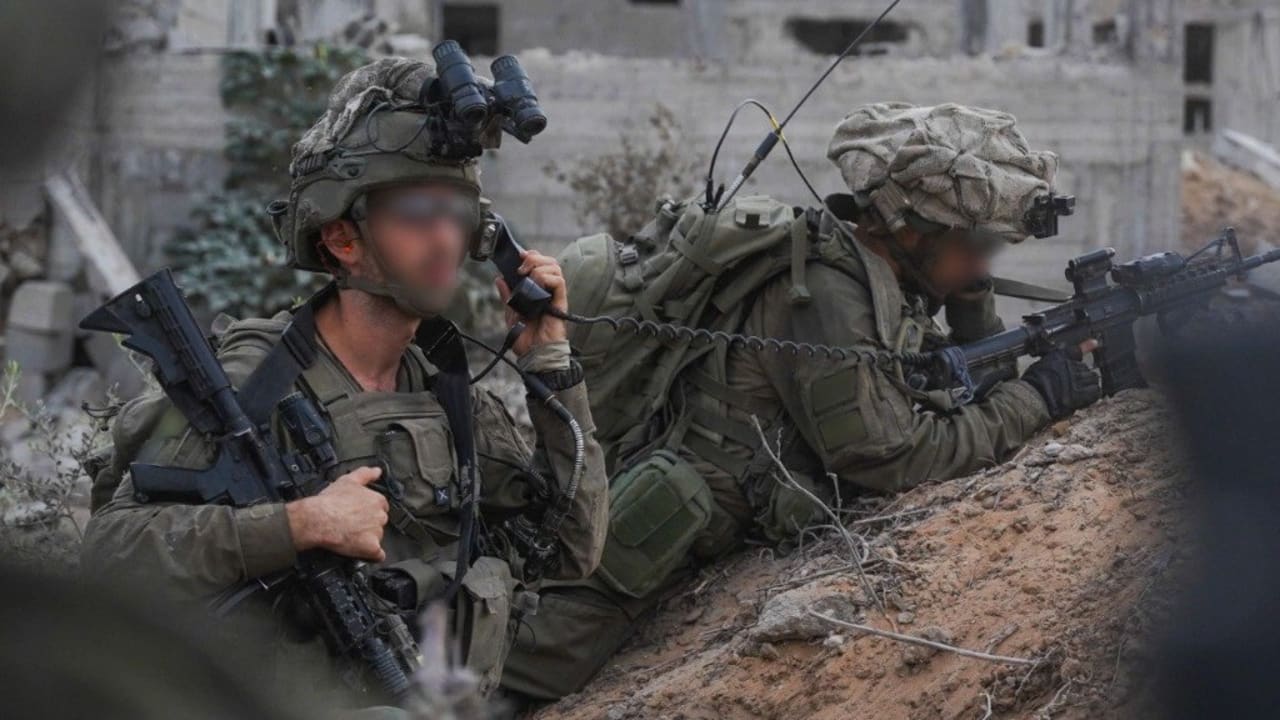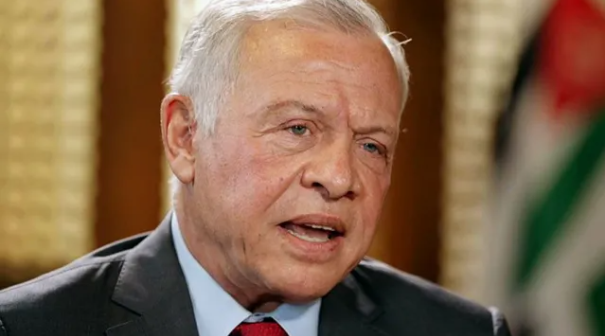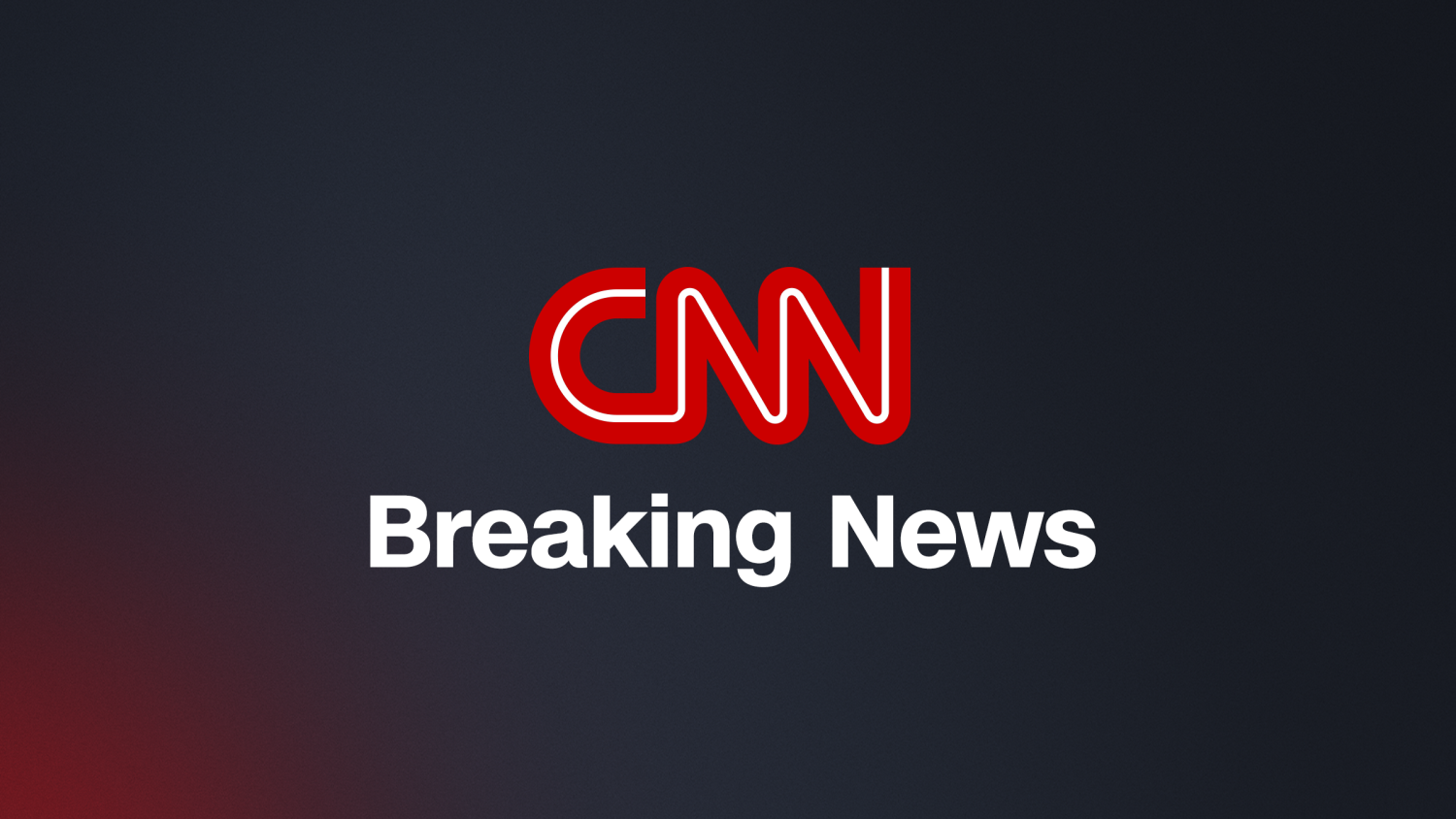
This article is more than
6 year oldHamas Crackdown on Gaza Protests Instills Fear
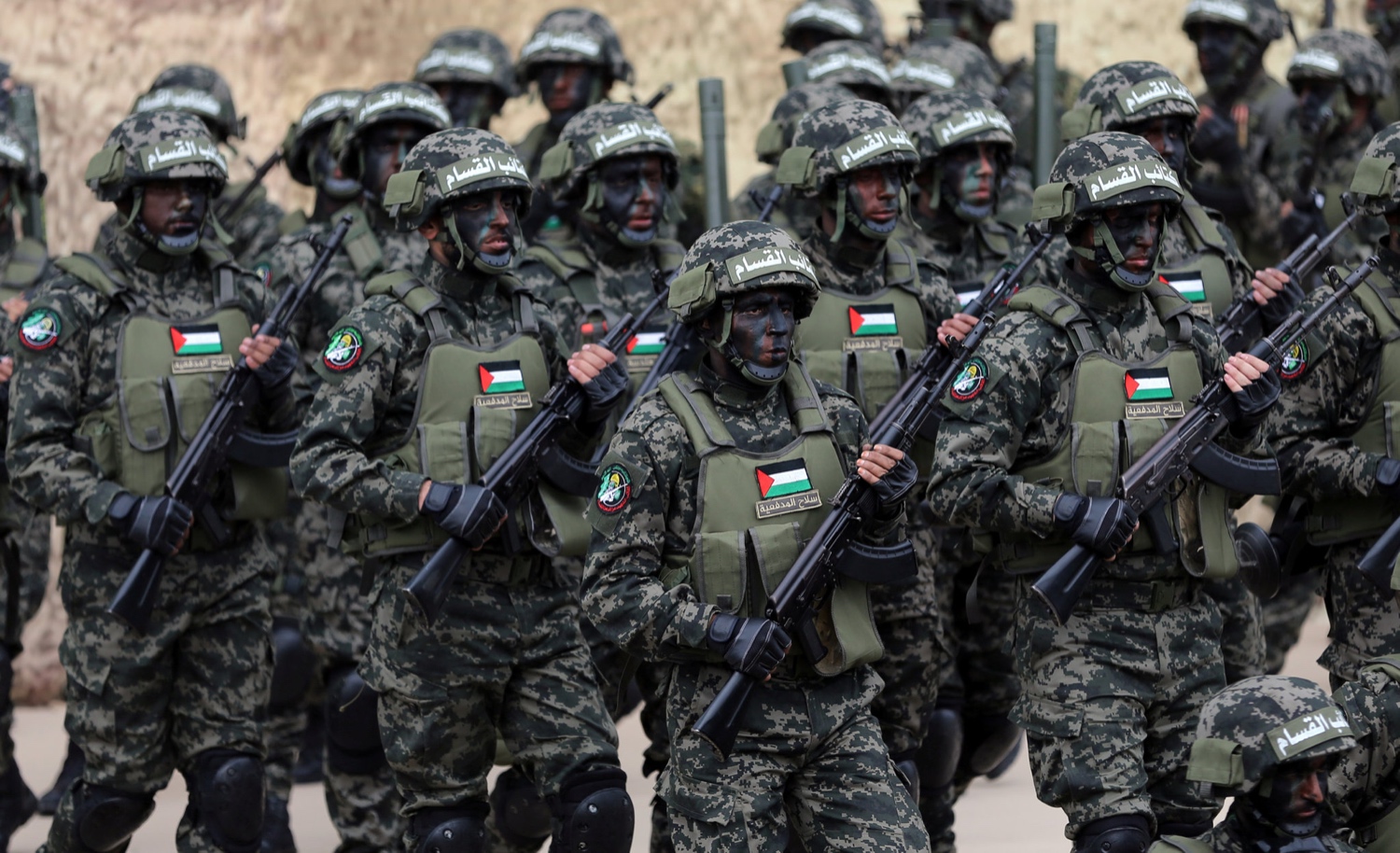
By Iyad Abuheweila and Isabel Kershner
GAZA CITY — The young tea and coffee vendor from northern Gaza said he was not asking for much. He just wanted to get by.
So the vendor, Amir Abu Oun, 19, joined the peaceful protests in the Jabaliya refugee camp this month against the daily hardships in the impoverished Palestinian coastal enclave.
The first day, he said, security forces from Hamas, the militant Islamist movement that controls the Gaza Strip, beat and punched him. The second day, he was detained and held for five days, during which he said he was slapped, beaten and deprived of food.
“Injustice will not last,” he told the security officers.
According to Mr. Abu Oun, they replied, “We will show you how injustice will last.”
Hamas security forces moved quickly to quell the protests that brought hundreds of people into the streets in at least four camps and towns across Gaza this month to demand better living conditions.The security forces beat demonstrators, raided homes and detained organizers, journalists and participants, about 1,000 people in all. Along with the uniformed officers, masked, plainclothes Hamas enforcers armed with pistols, batons and wooden rods attacked the protesters, according to witnesses, and prevented journalists and human rights workers from documenting the events.
Since then, many Gazans say they have been living under a pall of fear — not of Israel this time but of Hamas.
“As a young man, my hope of making a future has been killed,” said one of the organizers, Amin Abed, 30, from Jabaliya.
Hamas has since responded to the widespread criticism of its crackdown with statements blaming rival political forces for the unrest and apologizing for its heavy-handed response. In a statement last week, Hamas expressed “regret for any psychological or material harm inflicted on any Palestinian citizens” and called for its security forces to compensate victims.
The protest movement appears to have sprung out of frustration with new taxes imposed by Hamas on food and cigarettes, compounding the usual misery of electricity cuts, poverty and unemployment. Gaza’s economy was already crippled by more than a decade of tough restrictions on the movement of people and goods imposed by Israel, with Egypt’s help, citing security grounds.
Hamas’s rival, the Fatah-dominated Palestinian Authority in the West Bank, has also taken punitive measures against Gaza, including slashing the salaries of its employees there. As conditions in Gaza have become desperate for many, Hamas has been seemingly more focused on its military buildup and fight against Israel than on the bread-and-butter needs of its people.
Nobody goes hungry in Hamas, said Mr. Abu Oun’s father, an unemployed ambulance driver who asked not to be identified. He described Hamas officials driving jeeps, barbecuing chicken and sending their children to private schools while he could not even give his children pocket money or pay his son’s university fees.
The protests began on March 14 in Jabaliya and spread as far as Rafah in the south. Activists promoted the protests via Facebook under slogans like “The revolt of the hungry,” “Down with price hikes” and “We want to live.”


“We did not march to overthrow Hamas,” Mr. Abed, the organizer from Jabaliya, who is now on the run, said in a telephone interview, “but only demanded of those ruling us to ease the burdens of daily life.”
He had already been arrested and detained for five days in February for trying to organize earlier protests. During his detention this month he said he was handcuffed, blindfolded, beaten for three days and left with a broken tooth.
Hamas accused the West Bank-based Palestinian Authority, led by Fatah, of orchestrating the protests in a “vicious scheme” to create chaos and insecurity to harm the armed struggle against Israel.Gaza’s Health Ministry, which has assiduously reported on the nearly 200 Palestinians killed and thousands wounded by Israeli troops during often-violent protests along the fence dividing Gaza from Israel, has not reported the number injured by Hamas in quelling the protests. No deaths have been reported.
Journalists and photographers were barred from covering the Gaza protests and human rights workers were among those beaten and detained, though grainy cellphone video documented some of the violence.
The Hamas police raided the home of a journalist, Osama al-Kahlout, who had shot photographs of the protests. Two members of the Independent Commission for Human Rights, a Palestinian watchdog group, were in his house at the time, taking testimony. The pair were forced into the street, beaten with batons and punched by dozens of security officers, according to their organization. Mr. al-Kahlout was detained.
Taif al-Bhaisi, 20, a citizen-journalist for the Gaza-based Sharq news agency, began live-streaming the protests near her home in the Deir al-Balah refugee camp in central Gaza, then ran into her house after Hamas forces began attacking the protesters. There, she continued filming with her cellphone.
The next day Hamas forces raided her house, assaulted young and old and broke the arm of one woman, she said. About five masked Hamas officers tried to confiscate her phone and beat her with batons, breaking her arm, she said. Photos of her with her arm in a splint were widely circulated among Gaza residents, prompting outrage.
The novelist and Fatah spokesman Atef Abu Saif was transferred to a hospital in Ramallah in the West Bank, apparently having been severely beaten and suffering from a fractured skull and broken hands and legs.
The crackdown drew international condemnation from Amnesty International, Human Rights Watch and the United Nations special envoy for the Middle East peace process, Nickolay Mladenov.
“Hamas authorities routinely arrest and torture peaceful critics and opponents with impunity,” Human Rights Watch said. “They’re following the same script in the latest crackdown.”
Hamas issued apologetic messages in English and Arabic on its social media platforms, calling on human rights organizations to continue their good work and affirming the Palestinians’ “right to peaceful demonstration and to freedom of expression.”
Given the Palestinian security forces’ long record of abuse, many in Gaza were skeptical.
“The demonstrations broke the state of silence and inertia among Gazans and showed the reality of Hamas,” said Mr. Abed, the activist.
He said he had received a message from Hamas through a friend who had been detained. It was a warning that if Mr. Abed tried to escape when Hamas forces finally caught up with him, they would shoot him.
Iyad Abuheweila reported from Gaza, and Isabel Kershner from Jerusalem.
